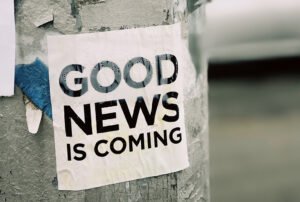
January 12, 2017; Capital Gazette
Conversations about “big data” tend to focus on technology issues, large social system concerns, and multi-layered government programs. More and more, large and small nonprofits are finding ways to mix data analysis and trends with their missions. The resultant outcomes can be astounding.
A recent example is the work of the land cover data project of the Chesapeake Bay Conservancy. The Chesapeake Bay watershed covers several states and multiple waterways. The Conservancy is responsible for mapping over 100,000 square miles of the watershed, with a resolution that makes available 900 times the amount of information, pinpointing such items as individual trees and buildings to whole wetlands and bodies of water.
Sign up for our free newsletters
Subscribe to NPQ's newsletters to have our top stories delivered directly to your inbox.
By signing up, you agree to our privacy policy and terms of use, and to receive messages from NPQ and our partners.
According to the Conservancy’s site, the “high resolution maps help determine where surface water flow across the landscape,” which can be matched with sewer and ditch locations. Both restoration and conservation efforts and priorities can be determined using the data, which is akin to a technological snapshot of the area. Other projects related to the dataset include agricultural conservation partnering with social and water conservation districts and land use change over time.
The level of detail provided in the mapping allows for “precision conservation,” which relies more on land cover data and can help with decisions on which projects and what scale is most effective. This dataset will allow the nonprofit to more accurately analyze pollution from the watershed into the bay. The dataset is open to the public, to private businesses, and to local and state governments.
The Chesapeake Bay Conservancy’s website proudly proclaims, “Conservation through Technology.” CEO Joel Dunn proclaimed, “This is the next big stage of the environmental movement.”—Jeanne Allen













